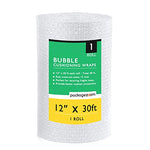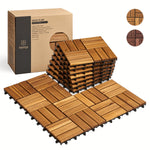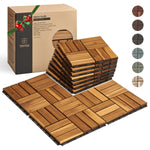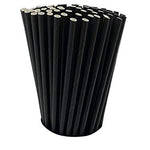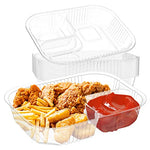You have no items in your shopping cart.
Welcome to the ultimate guide on feather dusters! Dusting is an essential part of maintaining a clean and healthy living environment. However, it can be a tedious and time-consuming task. Enter the feather duster, a versatile cleaning tool that has been a favorite for generations. In this article, we will delve into the world of feather dusters, exploring their history, types, proper usage, maintenance, and much more. By the end, you'll be equipped with all the knowledge needed to make your dusting sessions a breeze.
Feather Duster: A Brief History
Feather dusters have an intriguing history that dates back centuries. Originally, people used actual bird feathers, usually ostrich or chicken, attached to sticks to create the first feather dusters. As time passed, advancements in technology and environmental concerns led to the development of synthetic feathers, making them a sustainable choice.
The Many Types of Feather Dusters
Feather dusters come in various types, each offering unique advantages for different cleaning needs. Let's explore the most popular ones:
Ostrich Feather Dusters
Ostrich feather dusters are prized for their exceptional dust-attracting abilities. The soft, fluffy feathers create an electrostatic charge that clings to dust particles, leaving surfaces spotless.
Turkey Feather Dusters
Turkey feather dusters are another excellent choice, with feathers that are slightly firmer than ostrich feathers. They are durable and perfect for heavy-duty dusting.
Synthetic Feather Dusters
Synthetic feather dusters have become increasingly popular due to their sustainability and hypoallergenic properties. They are often made from microfiber or electrostatic materials.
Lambswool Dusters
Lambswool dusters are gentle yet effective, making them ideal for delicate surfaces and valuable items. They trap dust without scratching.
Handheld Dusters vs. Telescopic Dusters
Explore the differences between handheld and telescopic feather dusters and discover which option suits your cleaning style and preferences.
Mastering the Art of Feather Duster Techniques
Using a feather duster may seem simple, but there are techniques that can significantly improve your dusting results. Let's explore some expert tips:
The Flick and Sweep Motion
Master the flick and sweep motion to maximize dust collection and prevent it from settling back on surfaces.
Top-to-Bottom Dusting
Learn why dusting from top to bottom is crucial and how it ensures a more efficient cleaning process.
Feather Dusters for Delicate Items
Discover how feather dusters are the go-to choice for cleaning delicate items such as chandeliers, fragile antiques, and artworks.
Dusting Hard-to-Reach Areas
Uncover the secrets of using feather dusters to tackle high and hard-to-reach places with ease.
The Feather Duster as a Quick-Clean Tool
Find out how a feather duster can be your go-to tool for quick clean-ups and touch-ups between more extensive cleaning sessions.
Caring for Your Feather Duster
Proper maintenance ensures the longevity and effectiveness of your feather duster. Follow these essential care tips:
Regular Cleaning and Washing
Learn how to clean and wash your feather duster to remove accumulated dust and dirt effectively.
Drying and Fluffing
Discover the best practices for drying and fluffing your feather duster to keep it in optimal condition.
Feather Duster: Myths vs. Facts
Separate the myths from the facts about feather dusters and gain a better understanding of their true capabilities.
FAQs about Feather Dusters
Q: Are feather dusters suitable for allergy sufferers?
A: Yes, synthetic feather dusters are hypoallergenic and ideal for allergy sufferers.
Q: Can I use a feather duster to clean my electronics?
A: It is not recommended to use feather dusters on electronics, as the static charge can damage sensitive components. Use specialized electronic cleaning tools instead.
Q: How often should I replace my feather duster?
A: It depends on the frequency of use and the condition of the feathers. Typically, a well-maintained feather duster can last for several years.
Q: Are feather dusters eco-friendly?
A: Yes, especially synthetic feather dusters made from sustainable materials.
Q: Can I use a feather duster on wet surfaces?
A: No, feather dusters are not designed for wet cleaning. Use them strictly for dry dusting.
Q: Can I use a feather duster to remove cobwebs?
A: Yes, feather dusters are excellent for capturing cobwebs and dust from corners and ceilings.
Conclusion
Feather dusters have stood the test of time as an indispensable cleaning tool. From their fascinating history to their various types and techniques, they offer an efficient and eco-friendly way to keep dust at bay. By mastering the art of feather duster dusting and caring for your tool properly, you can elevate your cleaning routine to a whole new level of effectiveness. So, say goodbye to pesky dust particles and embrace the power of the feather duster!



